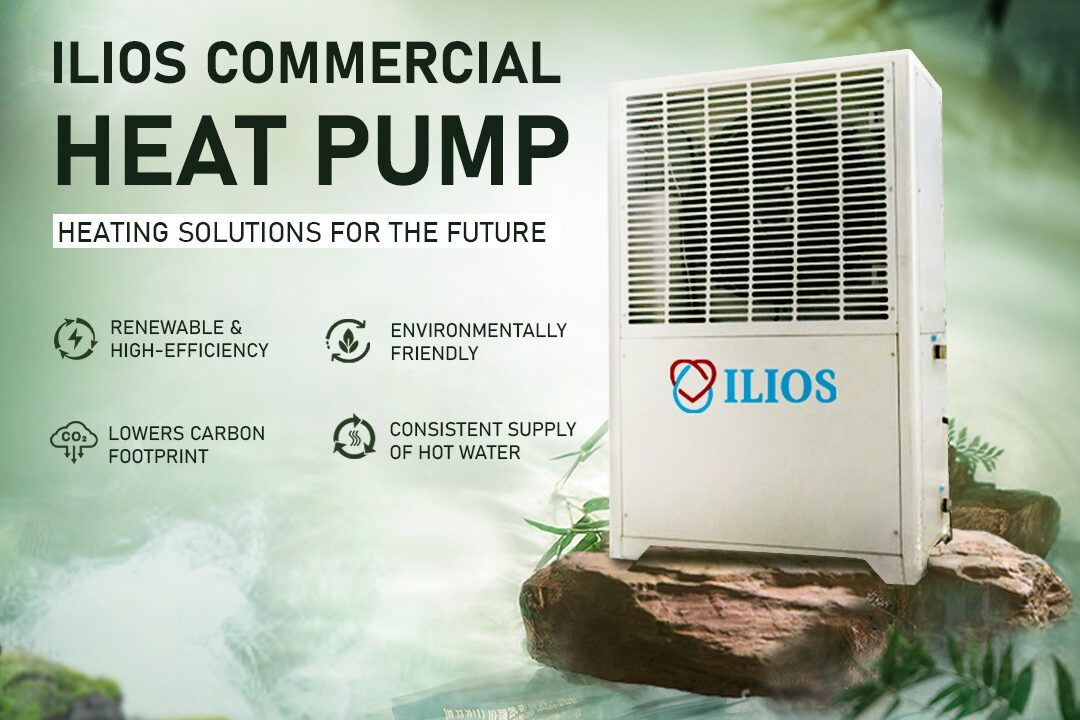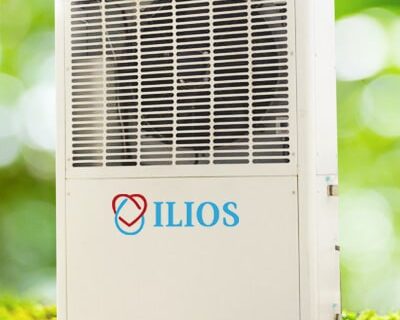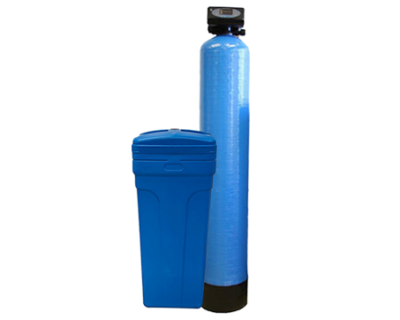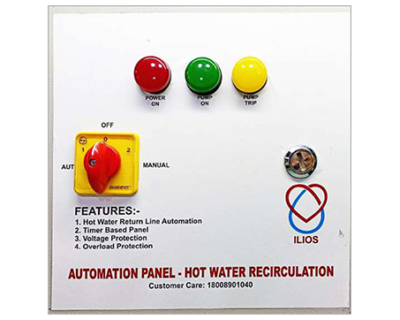Blog

The Benefits of Using a Heat Pump for Your Building
When it comes to heating and cooling your building, choosing the right system is crucial. One of the most efficient and eco-friendly options available today is a heat pump for building use. Unlike traditional heating systems that burn fuel to create heat, heat pumps work by transferring heat from one place to another. This technology not only helps you save money on energy bills but also reduces your carbon footprint.
In this blog, we’ll explore what a heat pump is, how it works, its benefits, and why it might be the best choice for your building.
What Is a Heat Pump?
A heat pump is a device that can both heat and cool a building. It functions by transferring heat from one place to another. During the winter, a heat pump extracts heat from the outside air, even when it’s cold, and transfers it indoors to warm your building. In the summer, the process is reversed: the heat pump removes heat from the inside of your building and releases it outside, thereby cooling your space.
This dual functionality makes a heat pump for building an efficient all-in-one solution for maintaining a comfortable indoor climate year-round.
How Does a Heat Pump Work?
The operation of a heat pump relies on a refrigeration cycle, similar to the one used in your refrigerator. The main components include an evaporator, a compressor, a condenser, and an expansion valve. Here’s a simple breakdown of how a heat pump for building works:
Evaporation: The refrigerant in the system absorbs heat from the outside air (or ground, in the case of ground-source heat pumps). This leads to the refrigerant transforming into a gaseous state.
compressor: The compressor raises both the pressure and temperature of the refrigerant gas.
Condensation: The hot gas passes through the condenser, where it releases its heat into the building. The refrigerant subsequently condenses into a liquid again.
Expansion: The expansion valve reduces the pressure of the refrigerant, cooling it down before the cycle repeats.
This process is highly efficient because it uses a small amount of electricity to move a large amount of heat, making a heat pump for building a cost-effective option.
Types of Heat Pumps
There are three main types of heat pumps you can consider for your building:
Air-Source Heat Pumps: These are the most common types and work by transferring heat between the air inside and outside of your building. They are simple to install and adaptable to various climates.
Ground-Source Heat Pumps: Also known as geothermal heat pumps, these systems transfer heat between the ground and your building. They are more efficient than air-source heat pumps because the ground maintains a relatively constant temperature throughout the year.
Water-Source Heat Pumps: These systems exchange heat with a body of water, such as a lake or a well. Though less common, they can be highly effective when you have access to an appropriate water source.
Each type has its own set of advantages, and the best choice depends on your specific building and location. Regardless of the type, a heat pump for building is a smart investment.
Benefits of Using a Heat Pump for building
There are several reasons why you should consider installing a heat pump for building use:
Cost Savings: Because of their high efficiency, heat pumps can significantly reduce your energy bills, especially if you’re switching from an older, less efficient heating system.
Environmental Impact: A heat pump for building use can reduce your carbon footprint because it uses renewable energy sources like air, ground, or water. It doesn’t burn fossil fuels, which means lower greenhouse gas emissions.
Year-Round Comfort: With a heat pump, you have a single system that provides both heating and cooling, ensuring that your building stays comfortable throughout the year.
Low Maintenance: Heat pumps require less maintenance compared to traditional heating systems. With the right maintenance, their lifespan can extend beyond 20 years.
Quiet Operation: Modern heat pumps are designed to operate quietly, making them ideal for residential buildings and office spaces where noise levels are a concern.
Why a Heat Pump Might Be the Right Choice for Your Building
If you’re planning to upgrade your building’s heating and cooling system, a heat pump for building use could be the perfect solution. Here’s why:
Versatility: Whether you live in a warm or cold climate, a heat pump can adapt to your needs. In moderate climates, an air-source heat pump can be highly effective. In colder regions, a ground-source heat pump might be a better fit due to its stable heat source.
Space-Saving: Heat pumps eliminate the need for separate heating and cooling systems. This can free up space in your building for other uses.
Increased Property Value: Installing a heat pump for building use can increase the value of your property. Potential buyers or tenants may appreciate the energy savings and environmental benefits that come with a heat pump system.
Installation and Considerations
Before you decide to install a heat pump for building use, it’s essential to consult with a professional HVAC contractor. They can assess your building’s size, insulation, and heating/cooling needs to determine the best type of heat pump for your situation.
Conclusion
A heat pump for building use is an excellent choice for anyone looking to upgrade their heating and cooling system. With its energy efficiency, cost savings, and environmental benefits, a heat pump can provide reliable comfort year-round while reducing your building’s carbon footprint. Whether you choose an air-source, ground-source, or water-source heat pump, you’ll be making a smart investment that benefits both your wallet and the planet.
If you’re interested in learning more about how a heat pump can work for your building, contact a local HVAC expert to discuss your options.




